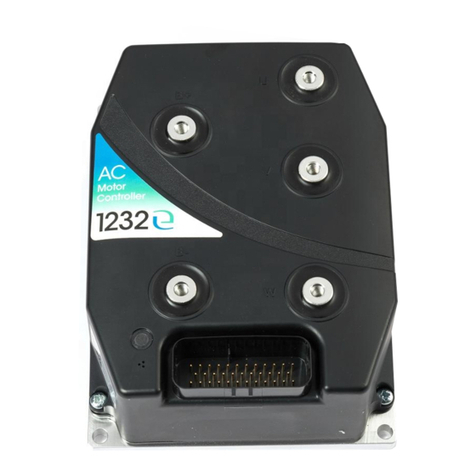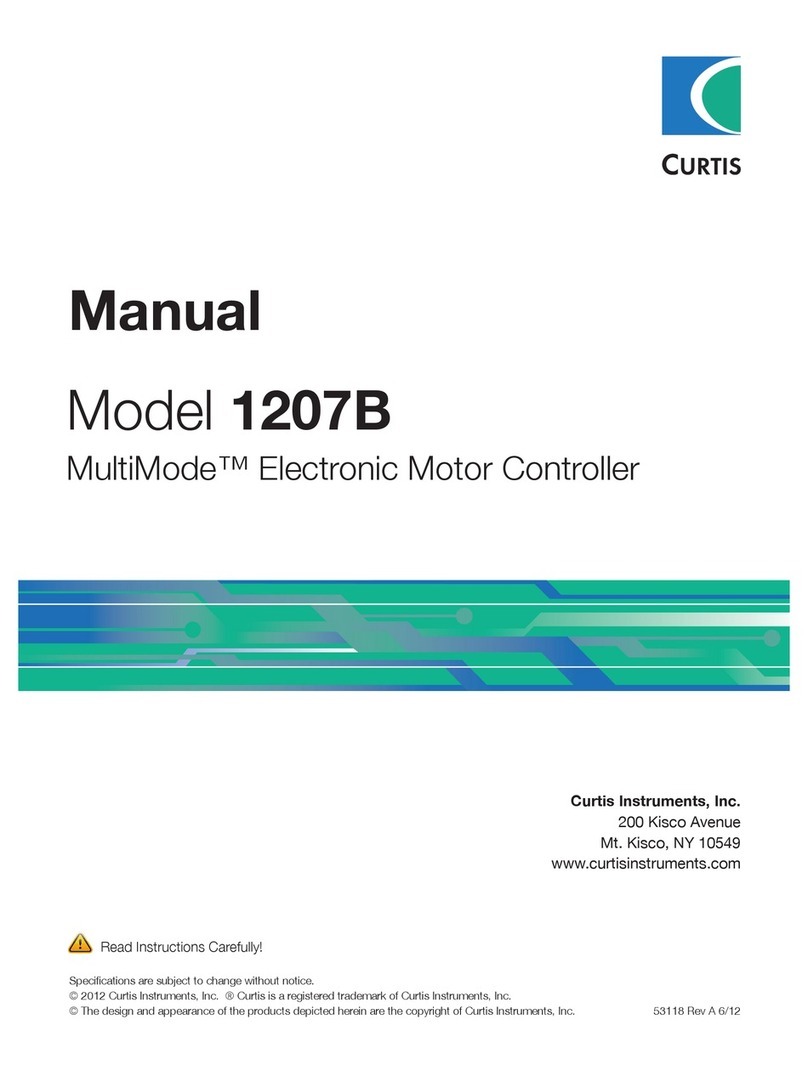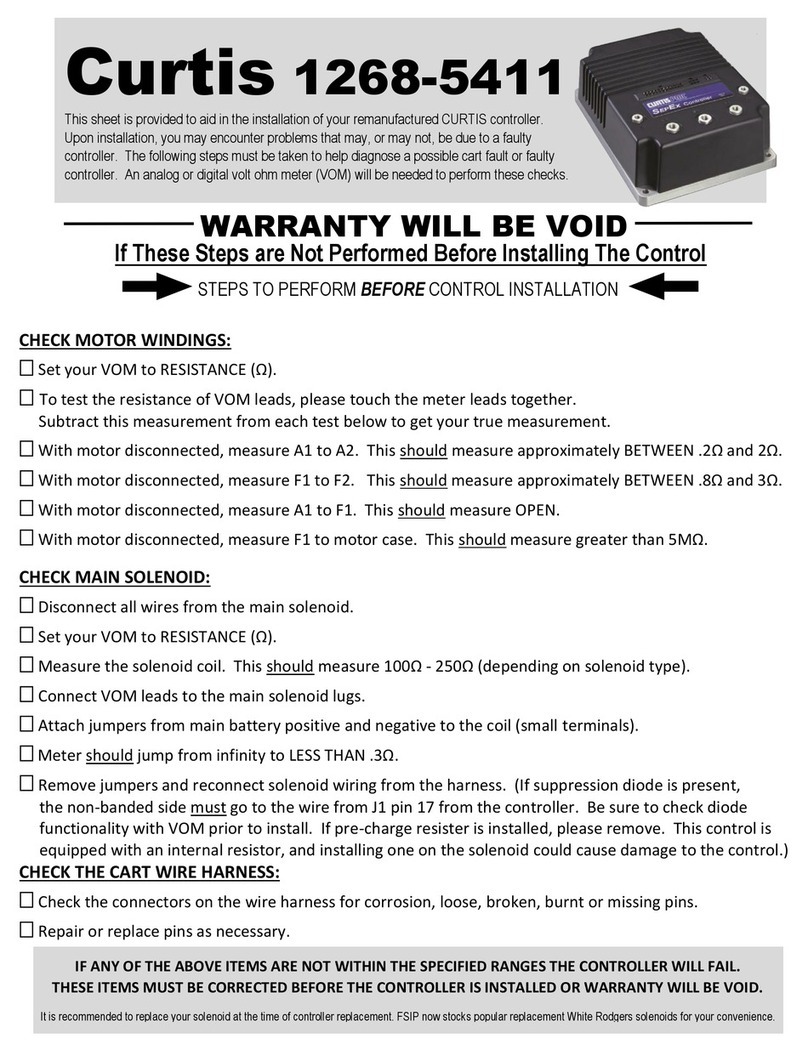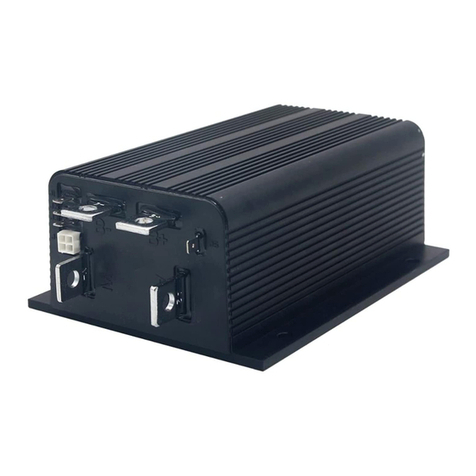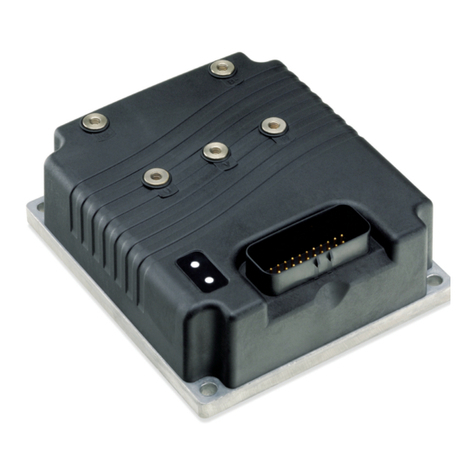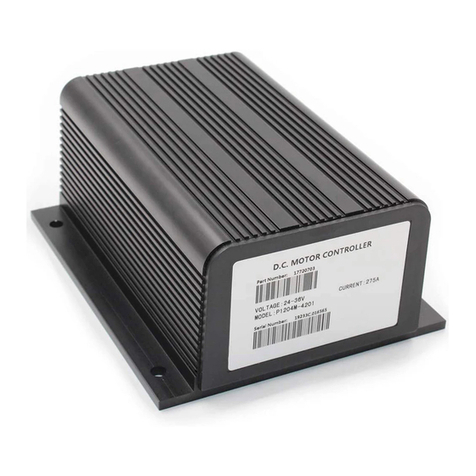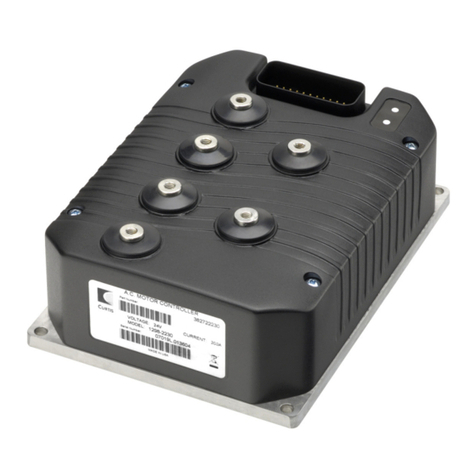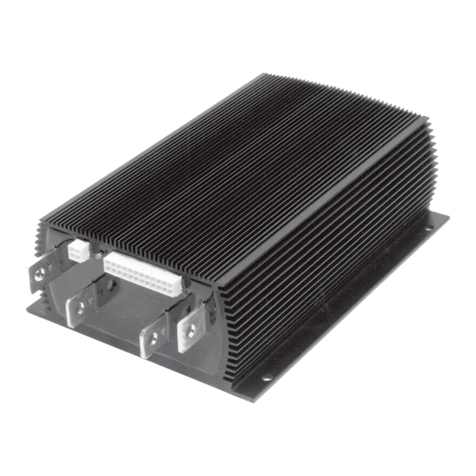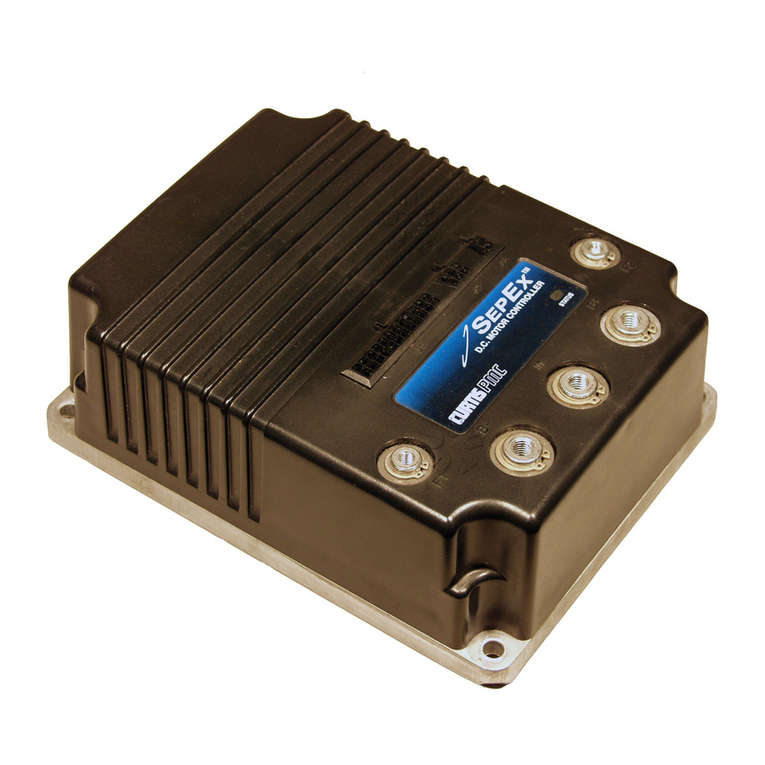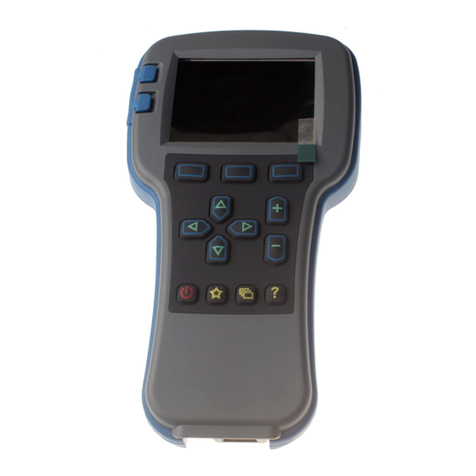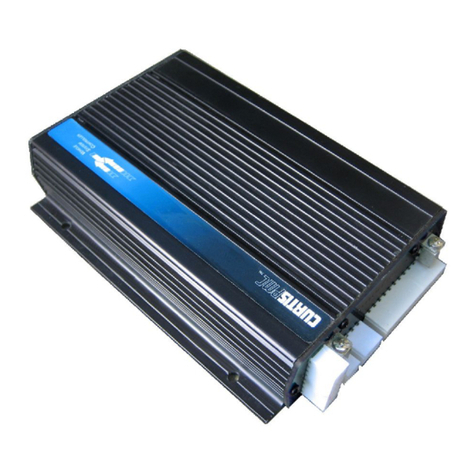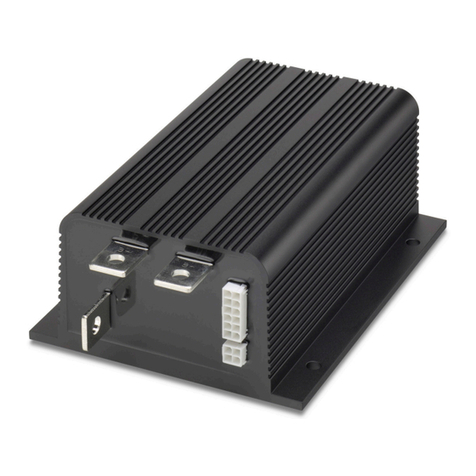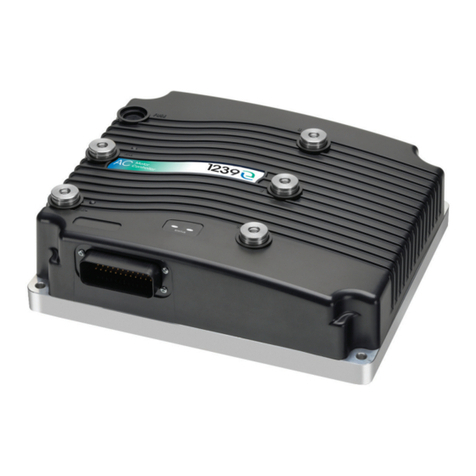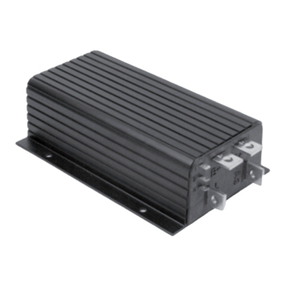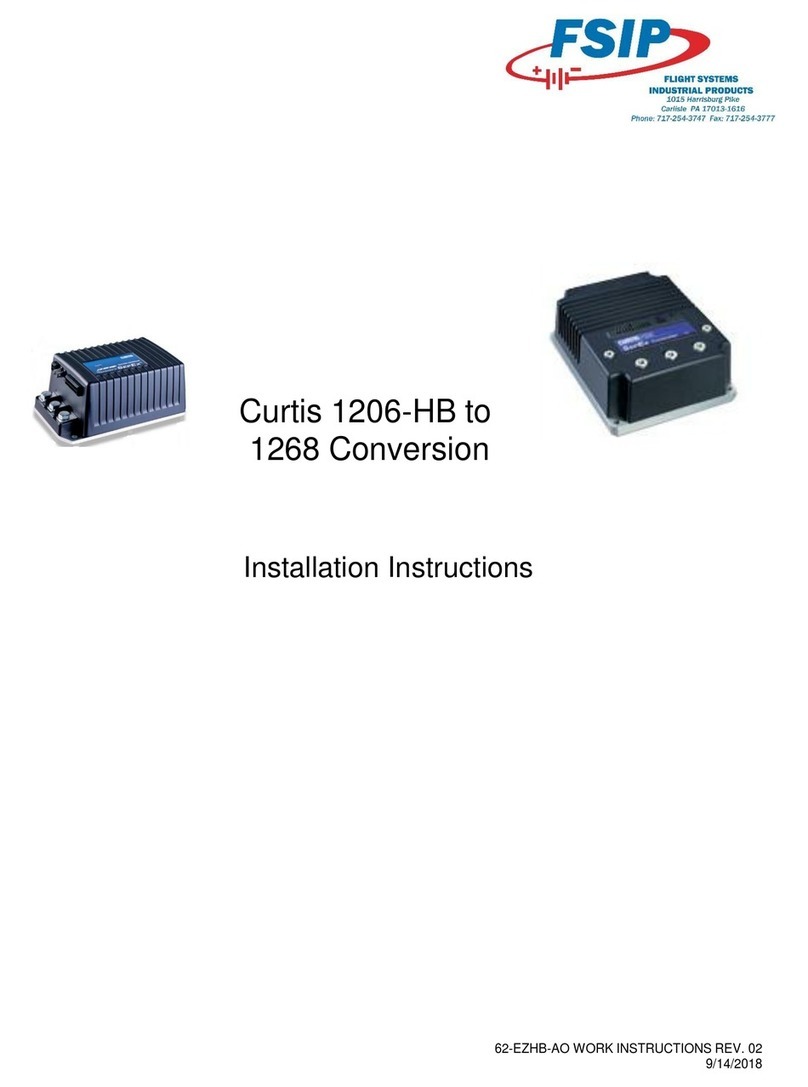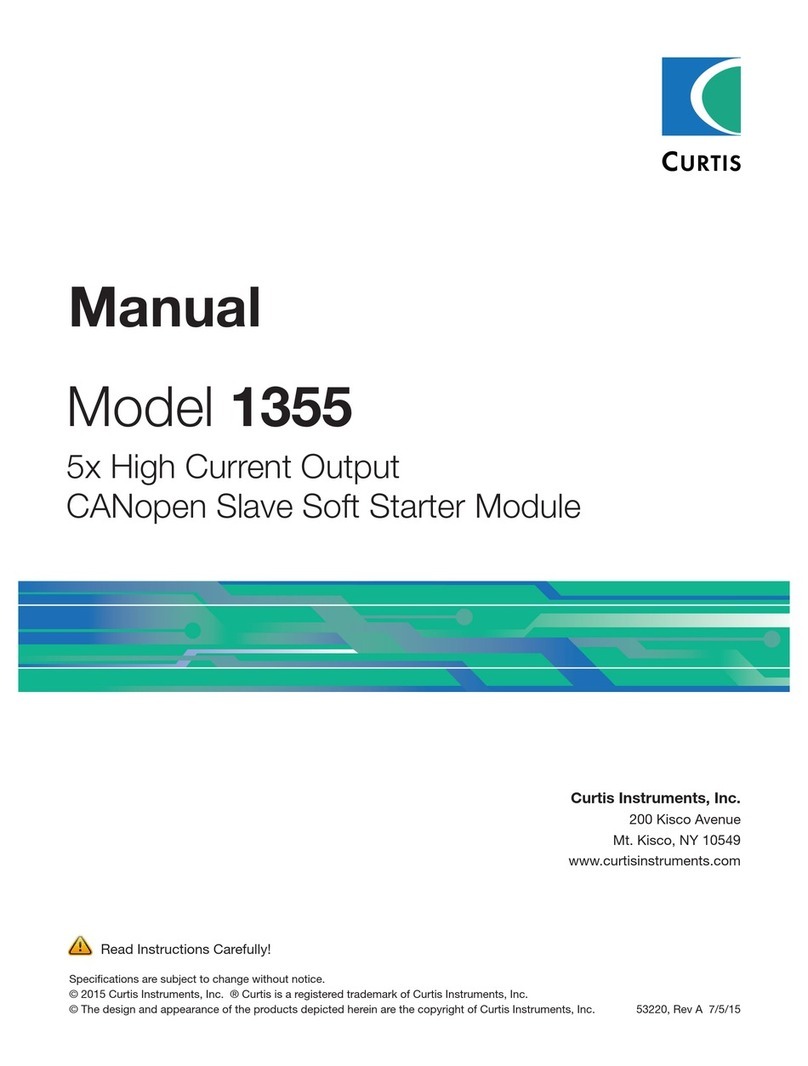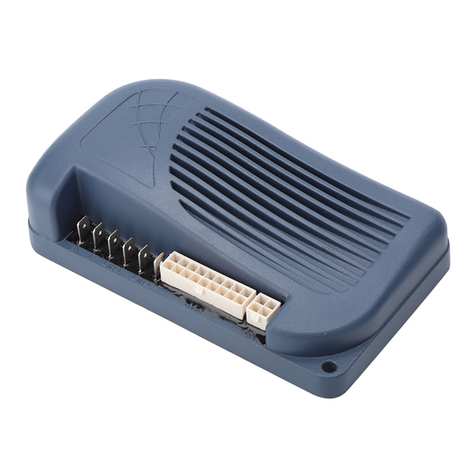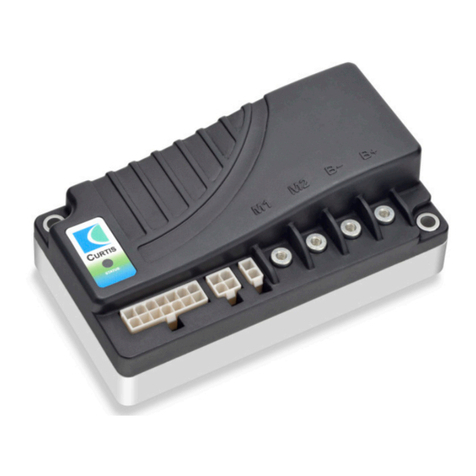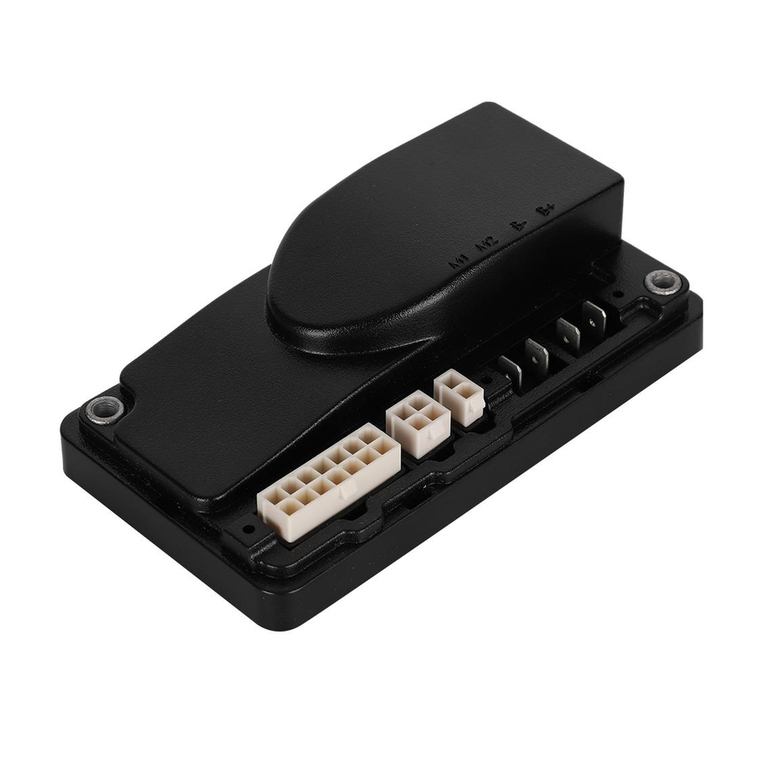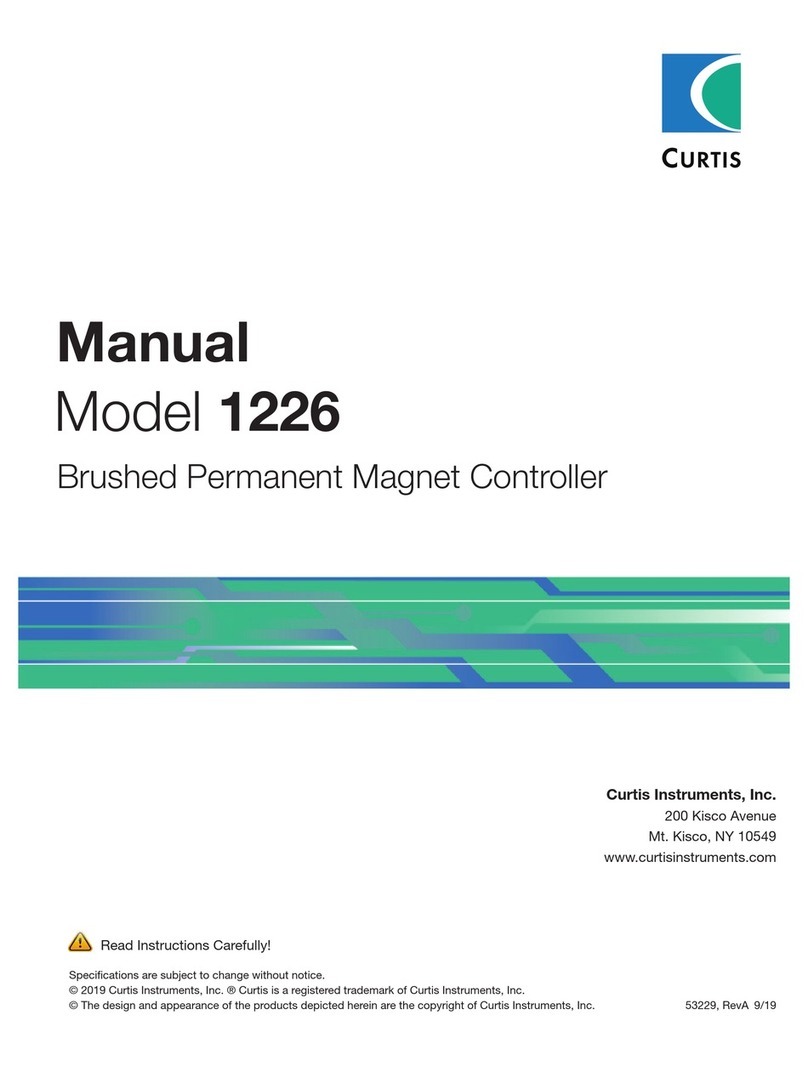
Curtis 1268 Manual, Rev. D iii
CONTENTS
1. OVERVIEW ..............................................................................1
2. INSTALLATION AND WIRING .............................................4
Mounting the Controller .....................................................4
Connections: Low Current ..................................................6
Connections: High Current ................................................7
Wiring: Controller ..............................................................8
Wiring: Throttle ................................................................10
Wiring: Drivers .................................................................12
Wiring: External LED Output ..........................................13
Wiring: Pedal Interlock Switch ..........................................13
Contactor, Switches, and Other Hardware .........................14
3. PROGRAMMABLE PARAMETERS ......................................15
Acceleration/Deceleration Parameters .................................17
Acceleration Rate: M1, M2, Reverse
Deceleration Rate: M1, M2, Reverse
Field Brake
Field Brake Speed
Field Brake Max
Field Brake Rate
Speed Parameters ...............................................................19
Max Forward Speed: M1, M2
Max Reverse Speed
RPM To Speed
Tacho Poles
Throttle Parameters ............................................................20
Throttle 0%
Throttle 100%
Throttle Map
Throttle Fault Low
Throttle Fault High
Current Limit Parameters ...................................................21
Main Current Limit: M1, M2
Regen Current Limit
Plug Braking Current Limit
WalkAway™ Current Limit
Brake Mapping Parameters ................................................22
Brake Minimum: M1, M2, Reverse
Brake Maximum: M1, M2, Reverse
Brake Start: M1, M2, Reverse
Brake End: M1, M2, Reverse
Brake Map: M1, M2, Reverse
Field Mapping Parameters ..................................................24
Forward Field Minimum: M1, M2
Reverse Field Minimum
CONTENTS

